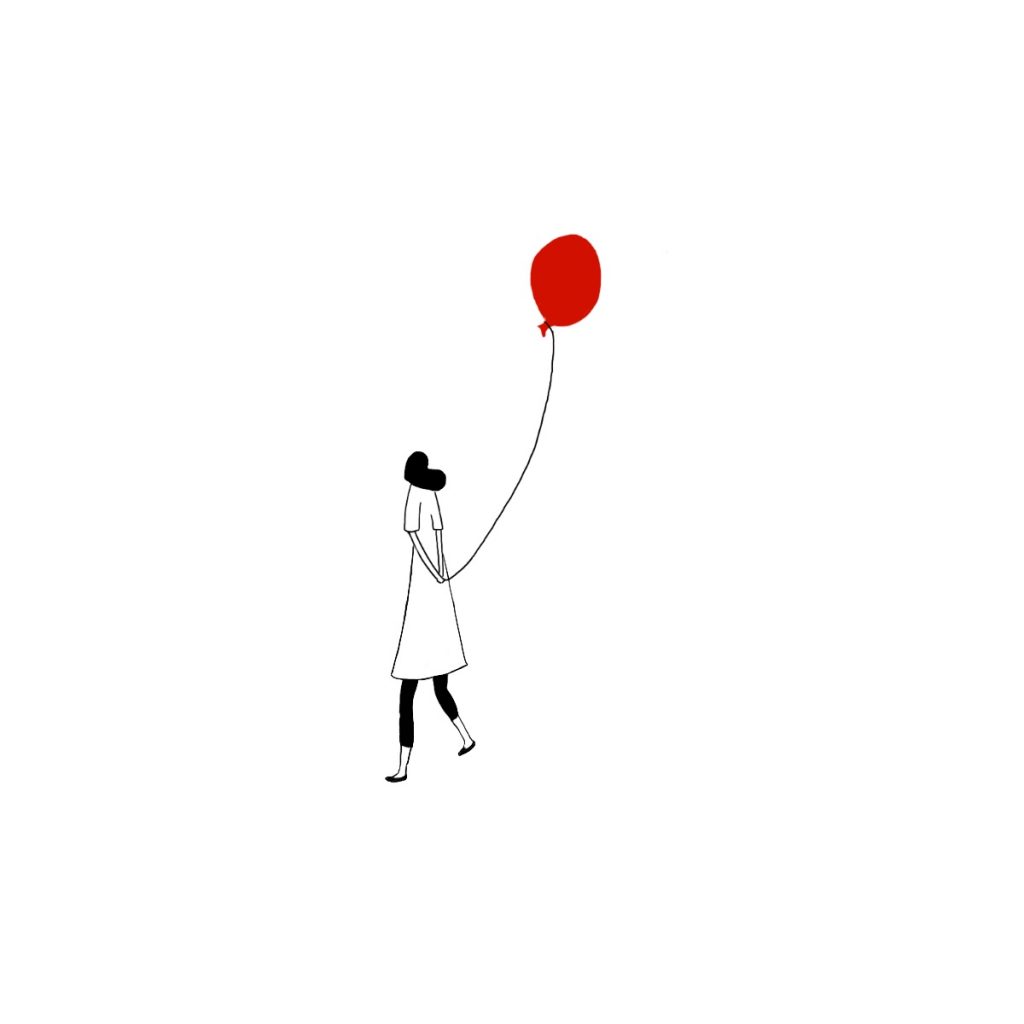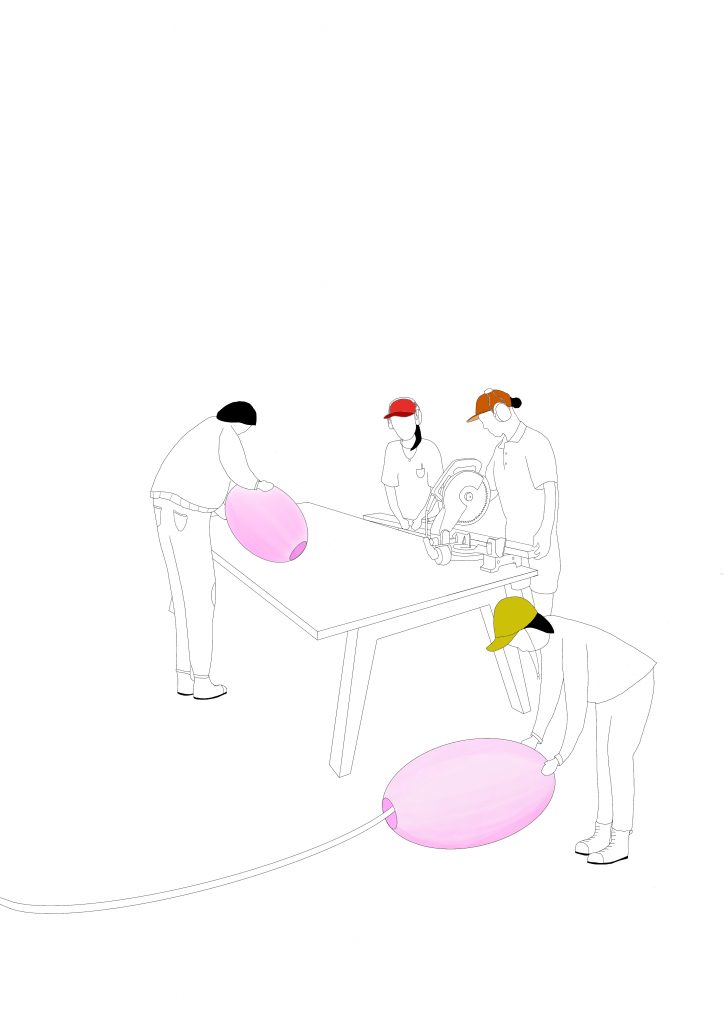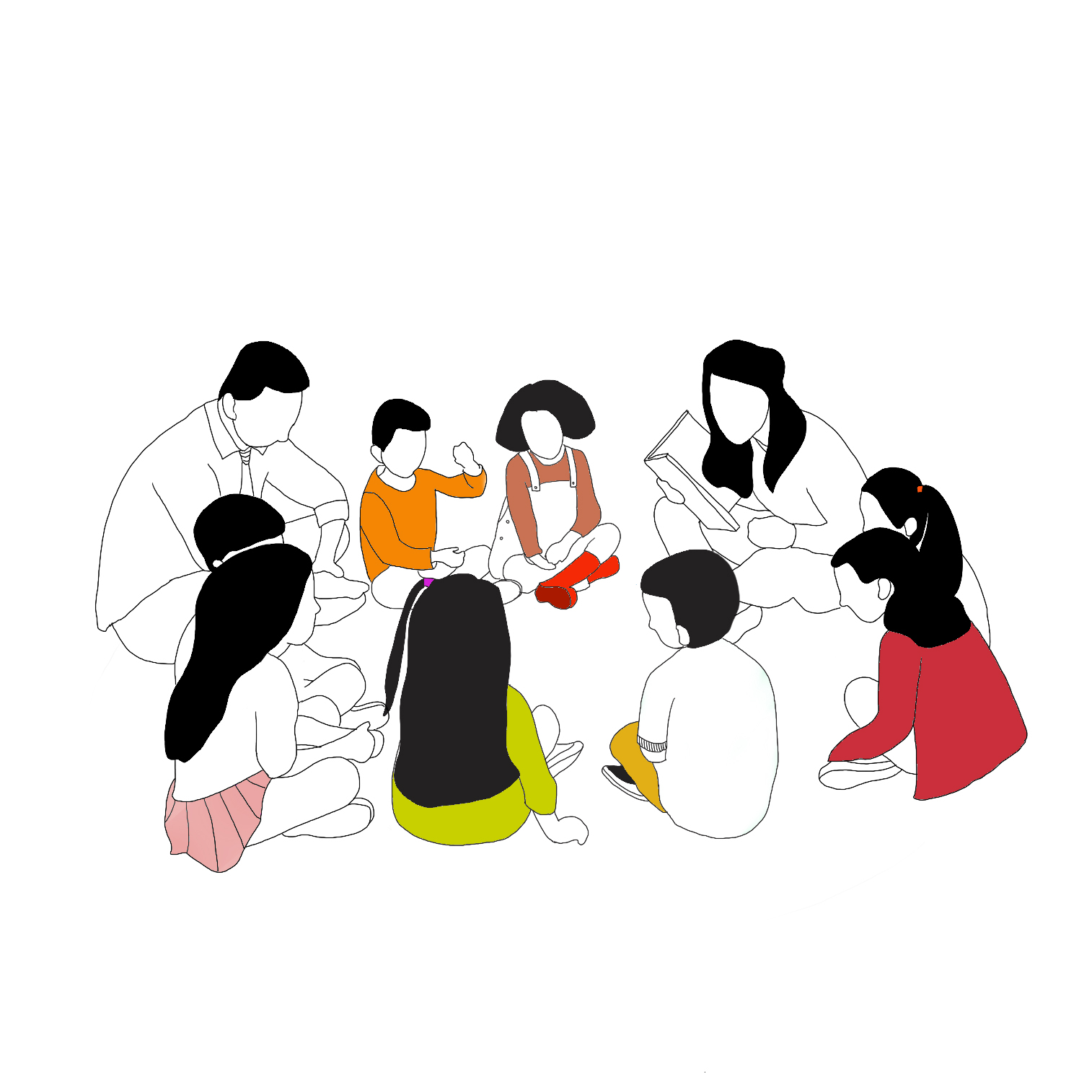
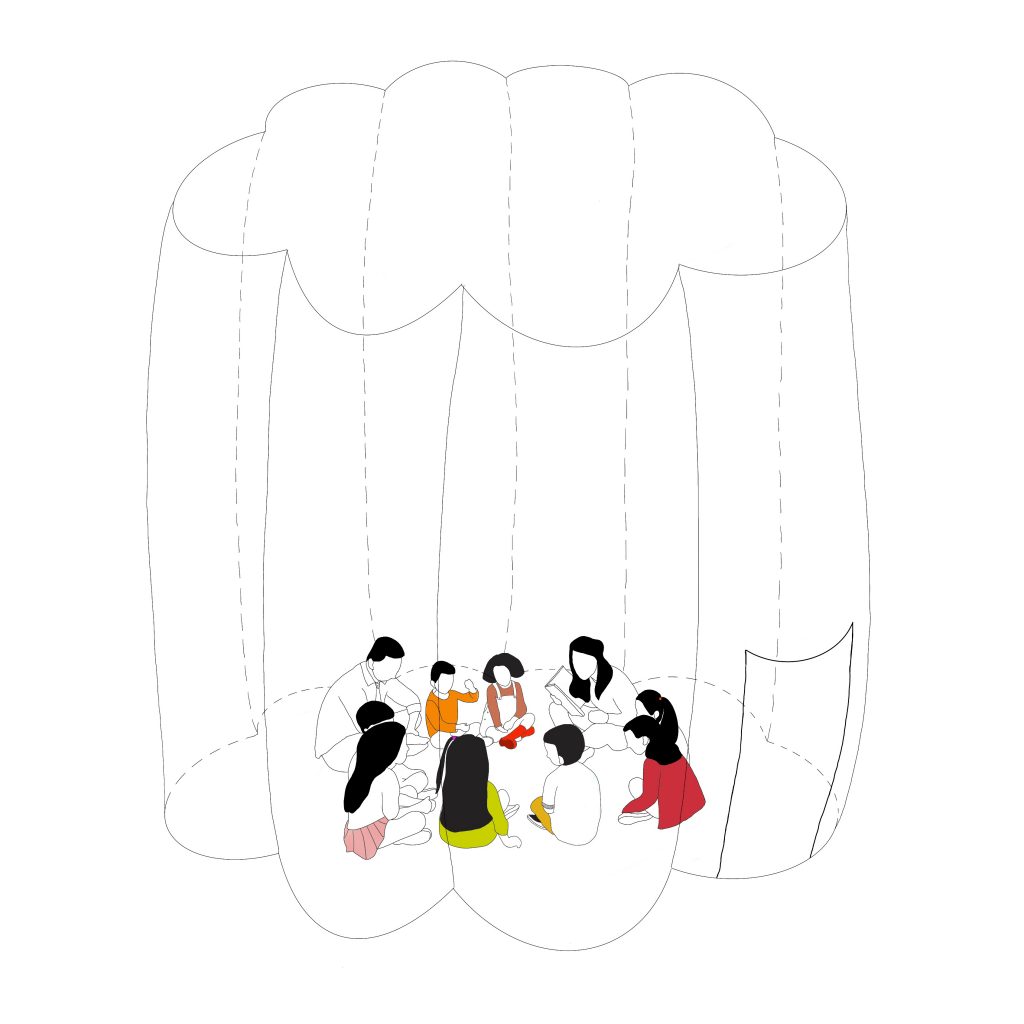
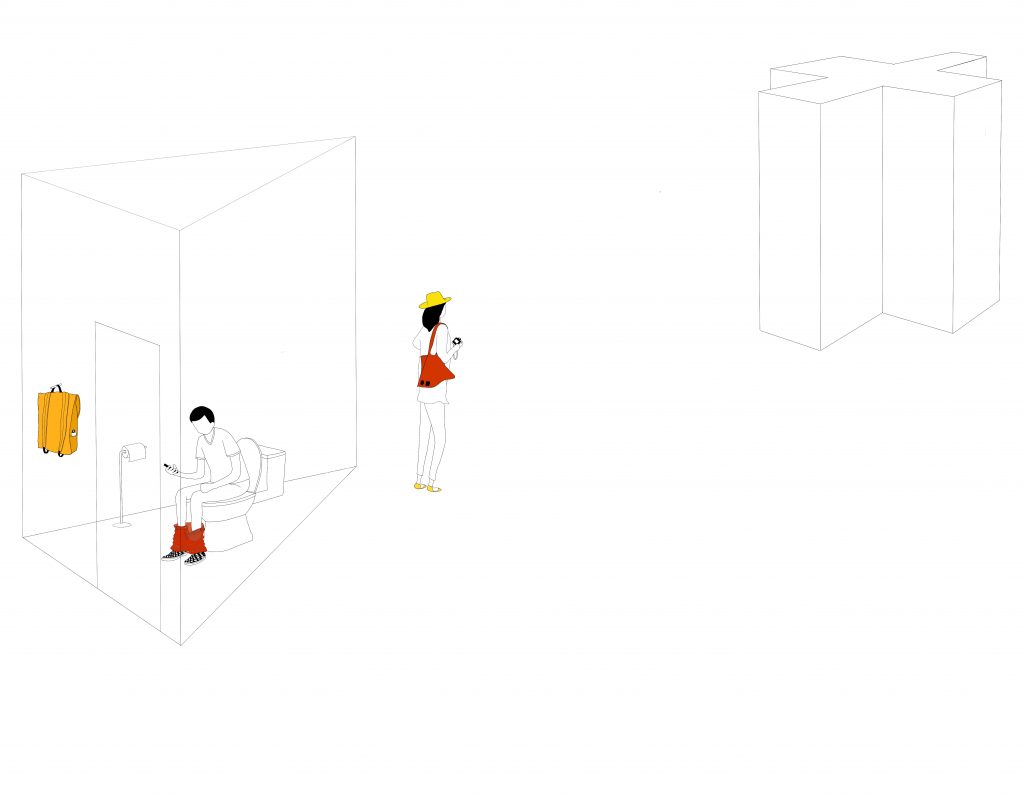
We did it.
The buildings, the benches, the trees, the lampposts, the sculptures…
The strolls, the votes, the traffic, the enthusiasm, the games, the apathy…
This is public space. A display of society’s priorities, neglect, beauty, and horrors. And yet, we do not think that we have any control over it. It appears too vast, too complex, more like a natural phenomenon than something we created. But we did, and we must do it over and over again, because if we don’t someone else will.
Public space is a human right, it is at the heart of what we are as individuals, and as a society. This is a great responsibility, and to achieve its full potential, public space must democratically embed itself in the everyday while at the same time cultivate the extraordinary. The ordinary and the surprising collide, and through this clash public space emerges as a tool for democracy. It becomes a social incubator in the hands of its citizens. This can only be achieved if everyone is included in the process, be they human or not.
We must not confuse “everyone” with “universal”. On the contrary, we must create highly specific environments which cater to a 1000 people dancing at a concert, and to a single person taking a stroll. Public space must create a sense of belonging for Kari, and Alex. It must welcome Jon, Macej, Anne, and Eva, as well as Hilde, and Ida. It must include Barbara, and Dave, Halima, and Lars. It must embrace Fleur, and Svein, a Birch tree, and an owl. It must let people live their normal lives, and it must disrupt them. It must be the place where we create together.
Art takes on the role of the agitator. It wedges itself in our routine and gives us a time and a place to engage each other, and our environment. Out task as a society is to create the conditions of everyday life which allow for the ordinary and the extraordinary to meet.
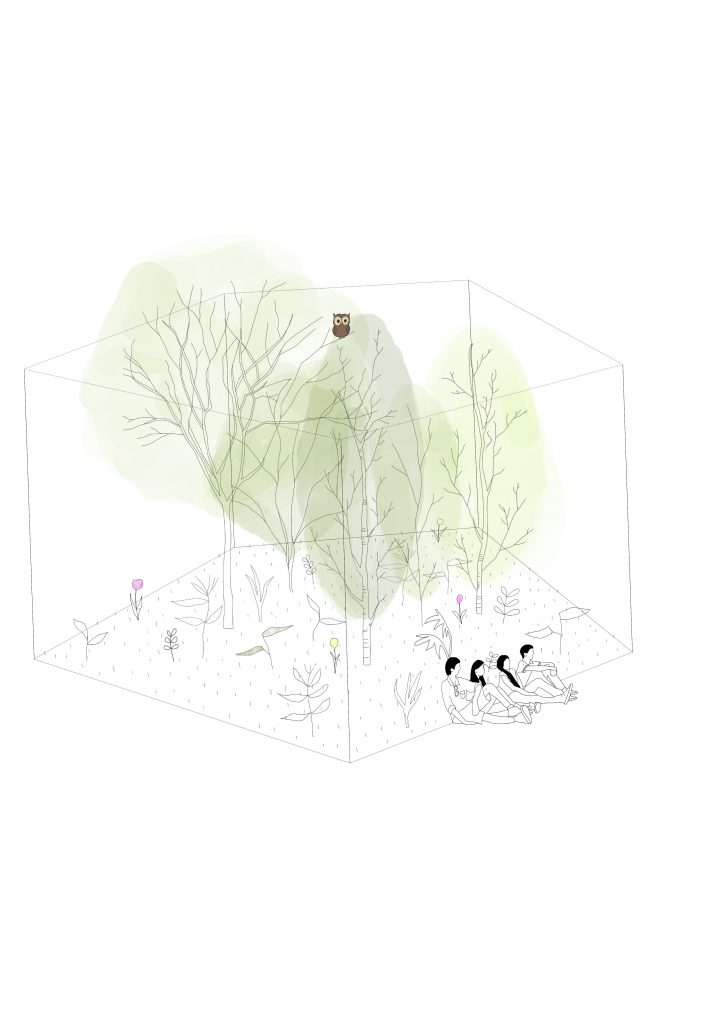
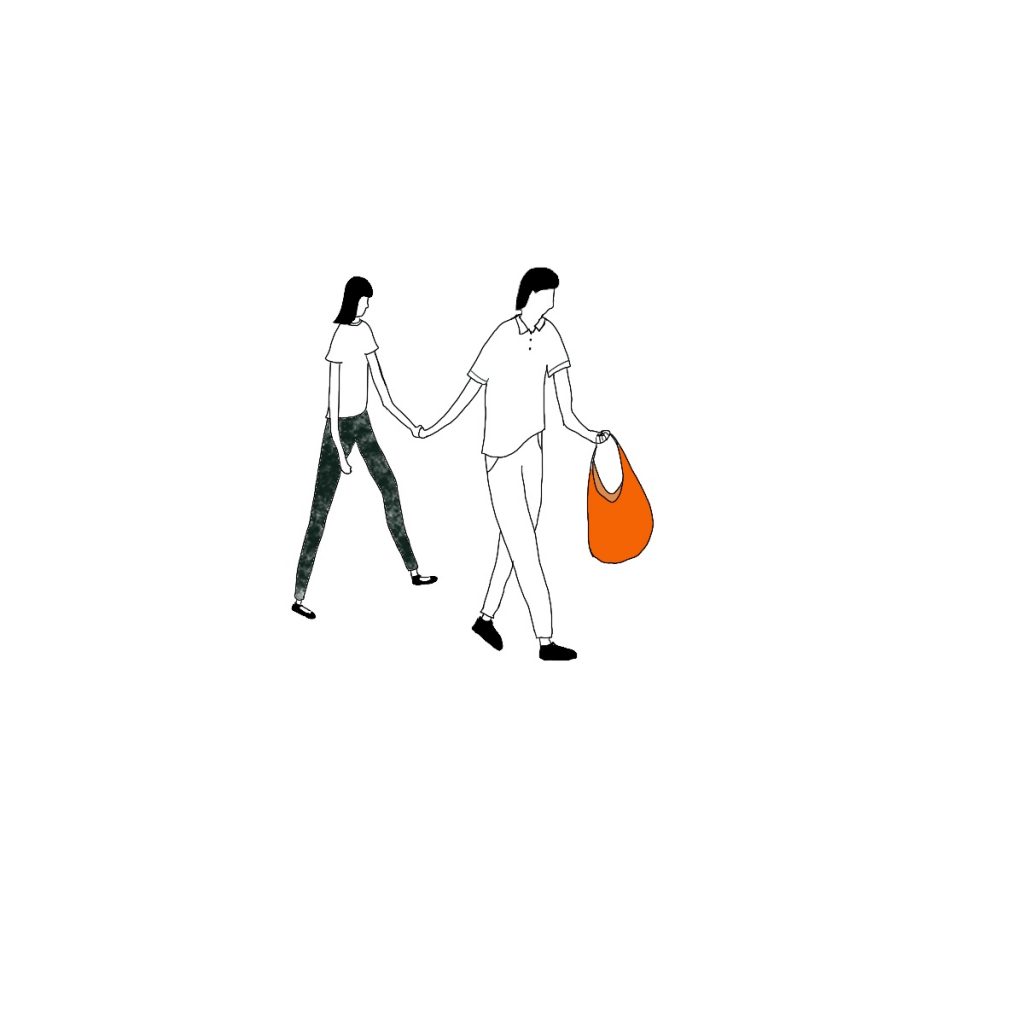
Who gets to participate in the Waterfront Laboratory?
Everyone!!!
That sounds beautiful, but is it really true?
Participation is certainly the act of showing up, but it is also creating the infrastructure for people to show up. It is not enough to say that anyone can be part of the process, we must create a city that enables everyone to participate. If we understand art as the catalyst, and mechanism of participation, we must also create the means by which it will come in contact with the everyday lives of people.
The question then becomes, how do we create a process in which we invite those that wouldn’t normally be included? Can we expand it beyond the activists, the wealthy, the politicians, the developers? Can we include families, teenagers, immigrants, retirees, workers, tourists, and the owls?
The Waterfront Laboratory must create the extraordinary, the art, workshops, educational programs, seminars, charrettes, exhibitions, where the city is conceived, but also created.
The Waterfront Laboratory must also create the ordinary, the daycare, office, clinic, bathroom, bakery, restaurant, park, where people live out their everyday routines.
When the workshop and the daycare mix, the baker and the planer talk to each other, and the process of art becomes entangled with the lives of people, we can start to envision a more inclusive city.
We want to work with the city of Tromso to identify its everyday and allow it to thrive within the Waterfront Laboratory. We also want to develop the infrastructure which allows artists to disrupt the ordinary, and through this clash create a city for all.
